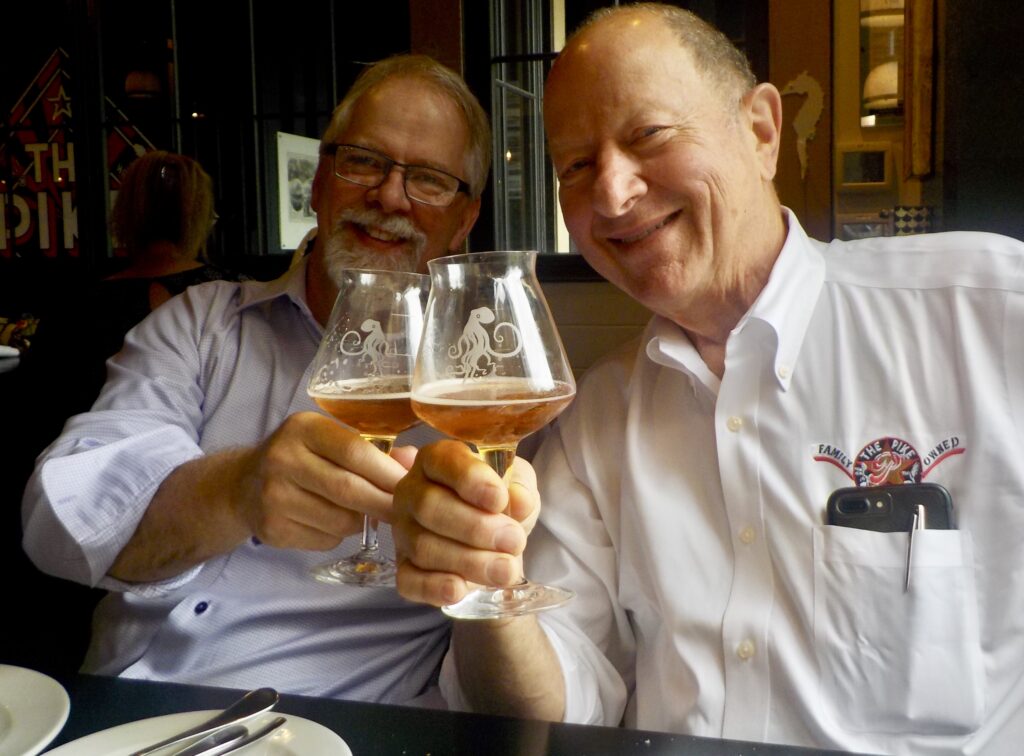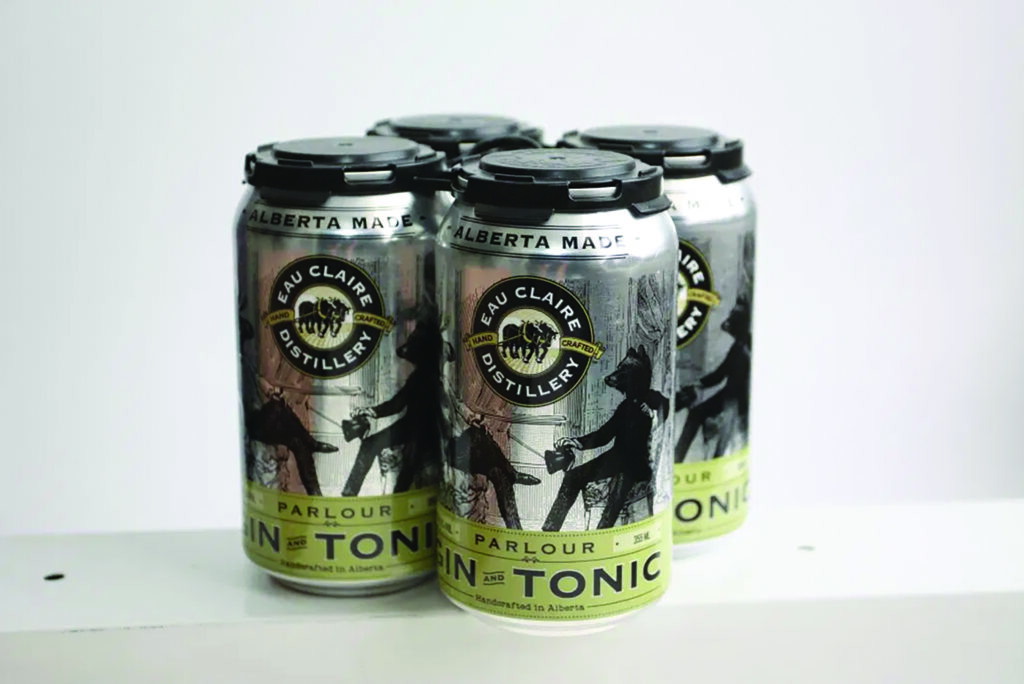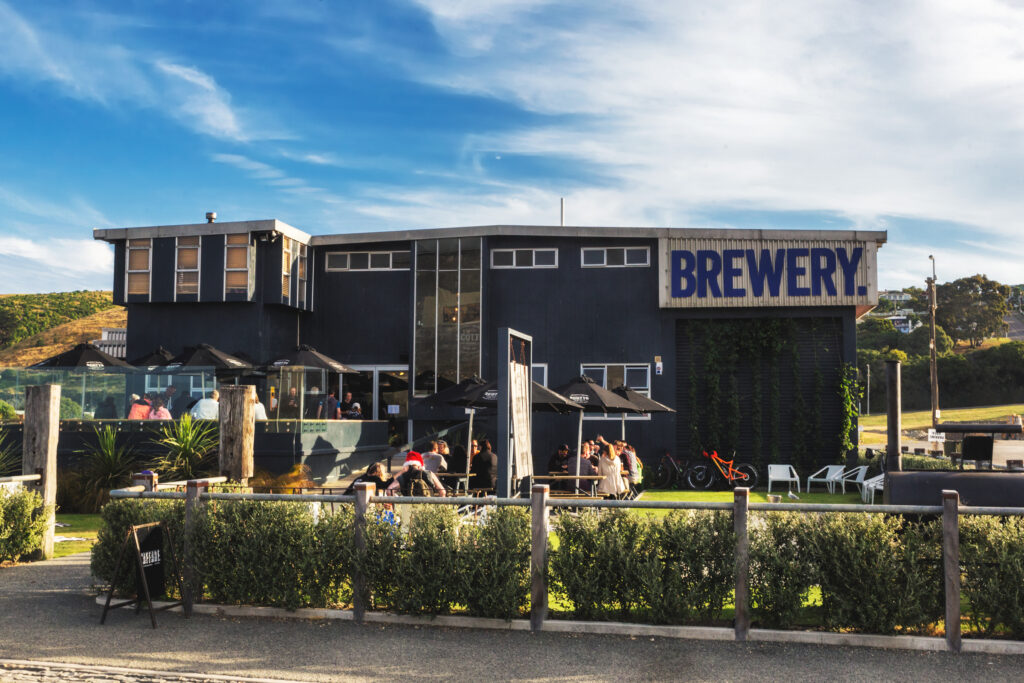
By: Gerald Dlubala
If you’re pouring your passion into distilling a quality crafted product, you need equipment that’s manufactured using that same level of passion. You want quality equipment that will not breakdown, is easily maintained, and most importantly, matches the needs of your distillery. It’s especially true for pumps because they are used throughout every stage of the distilling process, from bringing in water, through the mashing stages, wort recirculation, fermentation transfer, distilling, filtration and filling of barrels, totes and bottles. Quality pumps are critical for a distillery to retain the ability to replicate and deliver a consistent product for their consumers and should be chosen based on needs regarding pressure, proof of liquid to be transferred, head capacity, viscosity and acidity of the product being pumped.
Yamada America Inc. Stresses Versatility, Experience and Partnership
“Diaphragm pumps have many advantages when compared to other pumping technologies used in distilleries, starting with affordability,” said Jeff Selig, National Sales and Marketing Manager for Yamada America Inc, an innovator in developing complete lines of air-operated double diaphragm pumps (AODD). “Additional out of the box advantages include infinitely variable flow rates needing no special controls and the ability to run dry and deadhead, all with the sensitivity to pump very clear, fragile liquids up through thicker liquids and even solids. Depending on a distilleries size, they are found in every application from simple waste transfer to product transfer to being used to pump cleaning and sanitizing solutions on through the final bottling.”
“It’s a whole pumping system in a box,” said Selig. “With flow rates ranging from less than a gallon per minute (GPM) to over 200 GPM and made from materials like stainless steel, polypropylene and Kynar with food-grade diaphragms, an AODD is by far the most capable and flexible pump for distillery application use. And due to their unique flexible nature, the ability to be made explosion-proof and the ability to operate on compressed air, an AODD pump is usually mounted on a portable cart to use them for more than one application. The carts can be outfitted complete with filter regulators and the needed hoses for any application.”
Diaphragm pumps are easy to maintain, with less moving and normal wear parts than other pump types. Diaphragms will eventually fail and need to be replaced, but preventative maintenance based on the number of pump strokes can prevent an emergency repair situation. Experienced manufacturers can estimate the life of their pumps for select applications, and repair can be done by a distributor or trained user. Kits are available that coincide with training videos to show the exact repair procedure for the corresponding pump.
Selig tells Beverage Master Magazine that choosing a pump manufacturer with experience is important. But so are their partners.
“You want to work with a company who has been there and done that,” said Selig. “Someone who has the right construction materials and the know-how to apply available technology. Then you want them to have a strong distribution network to help you at the facility level. Most distributors have trained staff with intimate knowledge of the pumps, inventory, and available repair services. If a facility has an experienced mechanic, he can quickly be trained to repair the pumps on-site as needed. A distillery builds a partnership with the manufacturer and their distributor to maximize uptime and be assured of timely repairs.”
“New technology is always welcome,” said Selig. “For starters, companies are putting more effort into making their pumps smarter, with things like monitoring pump cycles or allowing externally controlled operation. Batching systems along with stroke monitoring and leak detection can quickly turn a simple pump into a true process pump. There are also evaluations on some material changes and modifications that will lead to longer pump lives. Quality manufacturers are in the pump business and strive to get their pumps to last as long as possible. They’re not in the parts business. The longer the pumps last, the more likely customers will keep buying them. We are currently introducing the next generation of pumps with upgrades to the operating air valves, pump communication and material technologies.”
To add to the versatility of their AODD pumps, Selig said that his customers have been able to use their standard sanitary pumps without making any changes to switch to sanitizer production. Additionally, Yamada pumps have been provided to some of the largest sanitizer companies in the world.
Versamatic diaphragm Pumps Prove to be Gentle Workhorses
“Several different pump options are available depending on what phase of the distilling process we’re looking at,” said Tim Caldwell, National Sales Manager of Versamatic, a global provider of the air-operated double-diaphragm (AODD) pumping solutions. “But the AODD pumps are always great choices because of their ability in matching distillery applications. Diaphragm pumps require less attention, can run dry, are self-priming and are designed to be portable so they can be used where needed. Our diaphragm pumps don’t need constant monitoring like some types of equipment. They will deadhead pressure and then stop pumping, so once a certain pressure is built up in the lines, the pump shuts off but will hold the pressure for immediate restart. Deadheading capabilities are efficient and very functional for filtration and cleaning, which can produce clogged filters.”
Caldwell tells Beverage Master Magazine that Versamatic diaphragm pumps are popular in distilling because they can all be grounded for use with high proof vapors or liquids. The air inlet pressure and discharge valves are easy to adjust and control, and all you need is a clean air source sized for your process. Diaphragm pumps are excellent choices for everything from pumping tank overs through the bottle filling and cleaning and sanitization processes.
“Diaphragm pumps work great to clean sludge and solids buildup when tank cleaning too,” said Caldwell. “They’re able to move what we call cake (semi-dry waste) out of the tanks through the pumps and lines. When you think of everything that gets included in the waste cleaning process, whether it’s naturally occurring sludge or other waste, why pay to have all the unfiltered wastewater removed if you can manage the waste by pumping it through a filter press that will allow your wastewater to be deposited down city sewer systems? Then you’ll just have a small amount of cake to dispose of, saving money.”
When matching pumps to applications, Versamatic has pumps and lines for distilleries that are approved by the FDA and also adhere to the EU Framework Regulation 1935/2004, meaning that their products contain nothing that will leech into any food or beverage applications that come in contact with or run through them. What comes out is the exact same product that went in.
“Diaphragm pumps like ours at Versamatic are just really good values for distillery use,” said Caldwell. “They can be used throughout the distillery, are shear sensitive and won’t damage or change the makeup of the product that flows through as can happen with some centrifugal pumps. There is no damage by impellers, and maintenance and repair are minimal. They can safely handle the distillery processes, they’re reliable, easy to maintain with long life capability. Replacing normal wear parts is fairly easy with parts or repair kits found at distributors that include all consumable parts for your pump. It’s one less thing for the distiller to worry about. And under changing conditions like those that we currently work in, we’ve had good success using diaphragm pumps in hand sanitizer conversions.”
KOVAL Distillery Chooses Diversity in Pump Selection
The type of pumps you use may be a personal choice, but as Mark DeSimone, Vice President of KOVAL Distillery believes, it’s a good idea to match equipment to specific needs. KOVAL matches pump type to process and uses different manufacturers to get that match. By performing normal daily visual checks, their pumps require minimal maintenance with repairs done only when needed. Needed maintenance other than routine cleanings are occasional services to the impellers and screw pump stators.
“We typically produce about 70,000 gallons a year using a variety of pumps in our distillery,” said DeSimone. “All are grounded and explosion-proof for safety, and chosen based on the material, alcohol content, viscosity and temperature of the product that we’re moving. For water circulation, we use several centrifugal pumps that move water through our heat exchanger and pump warm water captured during the distillation process to our mash tank for heat up. Both of these processes save us a good deal of energy as well. We move cold mash from the fermenters to our still with impeller pumps. Screw pumps are utilized for moving hot, thick, or sticky mash through our heat exchanger and for transfer to our fermenters. And then we use air diaphragm pumps to move alcohol between storage tanks and when filtering or bottling the final product.”
As to any new technology, there hasn’t been a lot of groundbreaking developments to the traditional pumps that continue to do the job, but DeSimone tells Beverage Master Magazine that new improvements are always welcomed.
“We’re always excited to see new advancements,” said DeSimone. “Our centrifugal and screw pumps have dry run sensors built into our automation systems that add to the lifespan of our equipment. It’s very important to keep everything running or at least have a backup for redundancy. It’s really tricky when something goes down and you’re unable to produce, so we naturally try to prevent that as much as we can.”
As an experienced distiller, DeSimone said that there are two critical components to look for when choosing a pump supplier. “I feel it’s important to look towards and choose someone with specific experience in the distilling field. But just as importantly, that experienced supplier has to come with quality support that will be available whenever it’s needed.”











